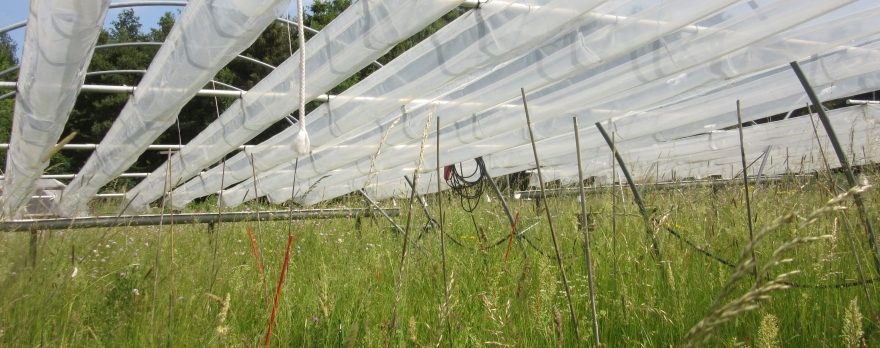
A global test of combined precipitation changes and nutrient addition on plant community dynamics and functioning
Rationale: Changes in precipitation patterns and nutrient enrichment are two major global change drivers with strong impacts on plant community dynamics and functioning. The Nutrient Network (NutNet) and Drought Network (Drought-Net) are invaluable initiatives for increasing our understanding of how these drivers act independently. However, in our increasingly human dominated planet, drought events and nutrient enrichment are co-occurring and likely interacting to affect the functioning of our ecosystems. In grasslands, drought events not only limit water availability to plants but also reduces their uptake of soil nutrients leading to reduced ecosystem productivity even under nutrient enrichment. Understanding the generalities and contingencies of how these two drivers act in concert on grassland and heathland functioning requires a globally replicated experiment manipulating the two drivers using standardized protocols. This will further allow the identification of which climatic conditions restrict or enhance joint effects. Most studies on water-nutrient limitations in natural grasslands have increased water alongside soil nutrients, repeatedly revealing co-limitation. Thus, we identify the lack of drought-nutrient addition studies as a critical gap, and propose this new initiative, NPKD-Net. Given the amount of existing infrastructure of the current NutNet and Drought-Net sites, we believe the opportunity to examine such a global gradient is within easy reach.
Call for participation: Many participants in the NutNet and Drought-Net communities have already begun to combine the nutrient addition and drought treatments from the two networks. The first goal of this network is to centralize and standardize these efforts, in order to create a new coordinated distributed experiment. Our second goal is to attract NutNet and Drought-Net participants who have not crossed these treatments to begin doing so according to our proposed design. Finally, we encourage and welcome entirely new participants to join this initiative.



